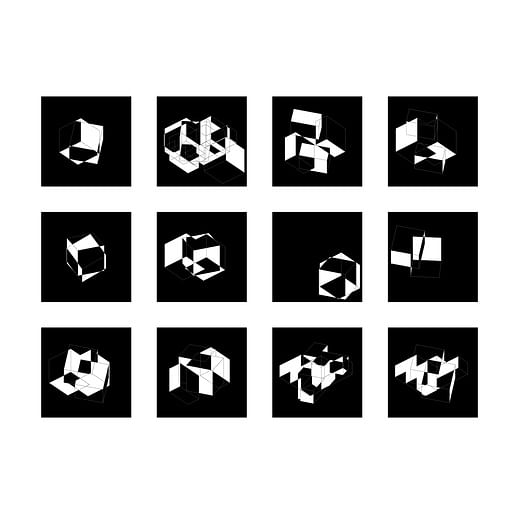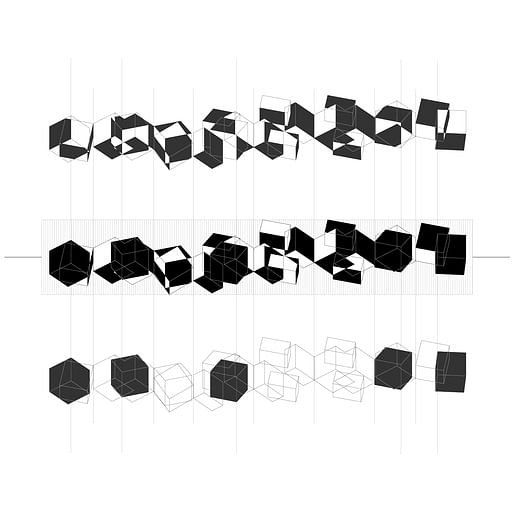
Oct '15 - Feb '16
“Reshaping and incorporating the past and the foreign . . . compensating what’s lost, rebuilding shattered forms out of one’s self” - Frederich Nietzsche, The Use and Abuse of History. (1)
“[A] memory of this unanimist collectivity, a montage of recollected features, rather than the scene as directly observed” - David Cottington, Cubism. (2)
“Can a man who learned something not know it when he is remember it?” - Plato, Theaetetus. (3)
“¿Por qué no los dos?” - ‘Old El Paso’ Taco Shell Girl, TV Commercial
Architecture exists in three dimensions, but human experience of space includes another dimension: time. This notion of time as it relates to architecture is unique because of how we, as human beings, understand the concepts of time, history, and memory. Memory separates us from beasts. However, if not adequately dealt with and classified, our memories and inability to forget will ultimately be our demise1. Our ability to remember puts time into perspective. We familiarize ourselves with linearity of time and become fearful of the future; ever fearful of our imminent and eventual death. The importance of living in the present (in the moment) is vital to happiness, but memory is a distinguishing aspect of human experience. We can not sacrifice what makes us human yet we long for a happy and fulfilling life. We need not have any sacrifice: both can exist.

Waiting exists in this paradigm as well. A struggle between dull, uneventful moments and exciting instants of stepping forward; a breakup a waiting time allows us to see the end, memory allows prediction. Death in the case of life but salvation in the case of waiting (a distinction that becomes very similar under further investigation). The inevitability of “the wait” in public buildings becomes a representation of the struggle of memory and desire to exist in the present.
This simultaneity can be beneficial and brought into the architecture realm of experience and physical dimensionality. In cubist art themes of multiple instances of memory existing at one time are explored2. An object, or piece of architecture, can exist as a collection of memories as pieces and fragments occupying the same space. There can be an overlap of the experiential memories of architecture with an actual complete presence of space. Stitching together pieces of memory (often misinterpreted and misremembered) around nodes of whole and present truths.
The movement of a person in a public building (of the wait to the salvation of reception) can be congruent to the stitched pieces around a complete presence of a whole object; bridging the relationship of memory and presentness to the architectural human experience. Both evolved around a linear sequence of time; but neither have to be understood this way. Relationship of memory to present, as well as architecture piece to whole, can be framed through new ways of viewing.
1 Nietzsche, Friedrich Wilhelm. The Use and Abuse of History. New York: Liberal Arts Press, 1957.
2 Cottington, David. Cubism. New York: Cambridge University Press, 1998.
3 Ricœur, Paul “Memory, History, Forgetting.” ACLS Humanities E-Book, (2004).
Five years ago when I entered the Architecture school I never thought of just how big my thinking could be in thinking about society. By no means am I calling myself an anthropologist or anything of that nature, but I am caught in the especially prevalent ideology of the architecture student.
1 Comment
Can't wait for part 2!
Block this user
Are you sure you want to block this user and hide all related comments throughout the site?
Archinect
This is your first comment on Archinect. Your comment will be visible once approved.